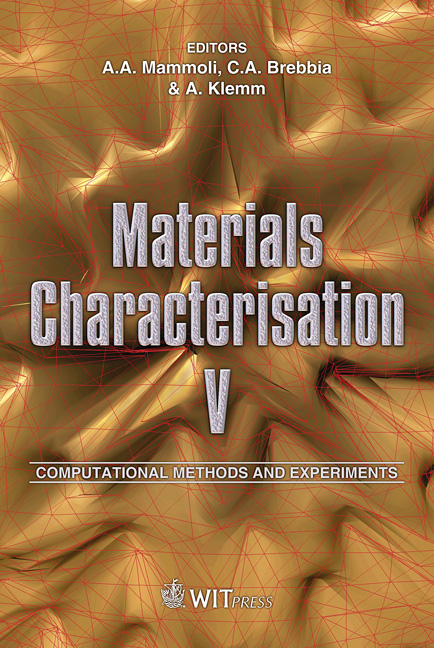Interface Resistances In Heat And Moisture Transport: Semi-scale Experimental Analysis
Price
Free (open access)
Transaction
Volume
72
Pages
11
Page Range
199 - 209
Published
2011
Size
821 kb
Paper DOI
10.2495/MC110181
Copyright
WIT Press
Author(s)
Z. Pavlík, J. Mihulka, J. Žumár, M. Pavlíková & R. Černý
Abstract
A sophisticated semi-scale system which allows experimental simulation of heat and moisture transport in building structures is employed for analyzing heat and moisture transfer across interfaces in stone masonry formed by argillite walling blocks and lime-pozzolana mortar. The dimensions of investigated structure are close to a real wall but the measuring accuracy is the same as in a laboratory experiment. Combined relative humidity and temperature mini-sensors are utilized in continuous long-term monitoring. Measured temperature and relative humidity profiles provide information on the properties of the interface between the walling material and mortar which makes possible to identify the interface permeability. This parameter can then be used in computational models of heat and moisture transport in masonry which adds to the accuracy of model predictions. Keywords: heat and moisture transport, interface resistances, semi-scale experiment, stone masonry, argillite, lime-pozzolana mortar. 1 Introduction Computational modelling of coupled moisture and heat transport represents an effective tool for prediction of behaviour of building structures exposed to climatic load. For reliability of computational analysis, two requirements must be met. At first, mathematical-physical model describing the coupled moisture and heat transport must be formulated. From the theoretical point of view, this model should be sufficiently sophisticated and complex, and should take into account all the external and internal effects that affect the moisture and heat
Keywords
heat and moisture transport, interface resistances, semi-scale experiment, stone masonry, argillite, lime-pozzolana mortar





